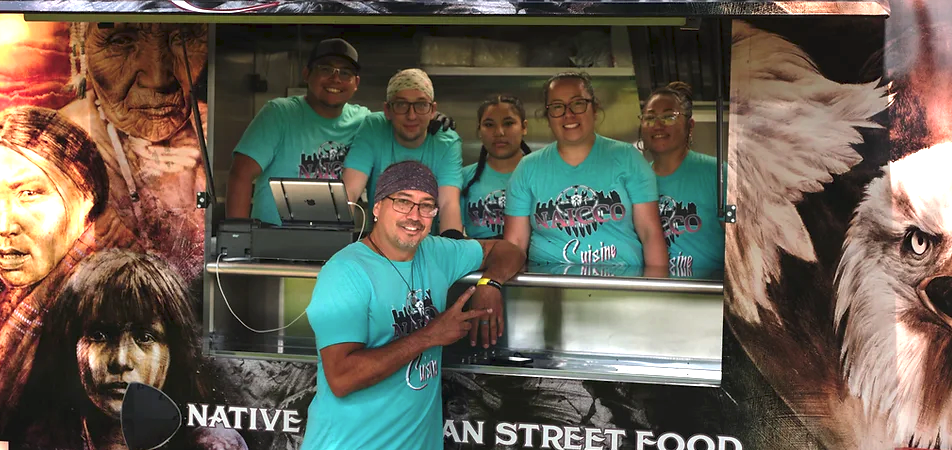

















WELCOME! From Adobe dwellings to buffalo herds, carved totems to vibrant pow wows and Aloha-inspired luaus, America’s rich culture and heritage begins with the nation’s Native American, Alaska Native and Native Hawaiian communities. Explore cultures as rich and as beautiful as the lands where the nation’s first people live.
Meet Anthony Purnel of the Agua Caliente Band of Cahuilla Indians. Walk with Anthony through his traditional homelands, land that his family has been caretakers of since time immemorial. This video is presented by Visit California and was filmed on the ancestral lands of the Agua Caliente Band of Cahuilla Indians.
CLICK HERE for more NativeAmereica.travel videos on YouTube.NativeAmerica.travel is organized into twelve (now 15?) distinct regions to make trip planning easier. Each of these unique areas offer travelers a window to spectacular scenery, rich cultural heritage, and offer unforgettable travel memories. It’s time to begin your journey to “Experience Native America!”


